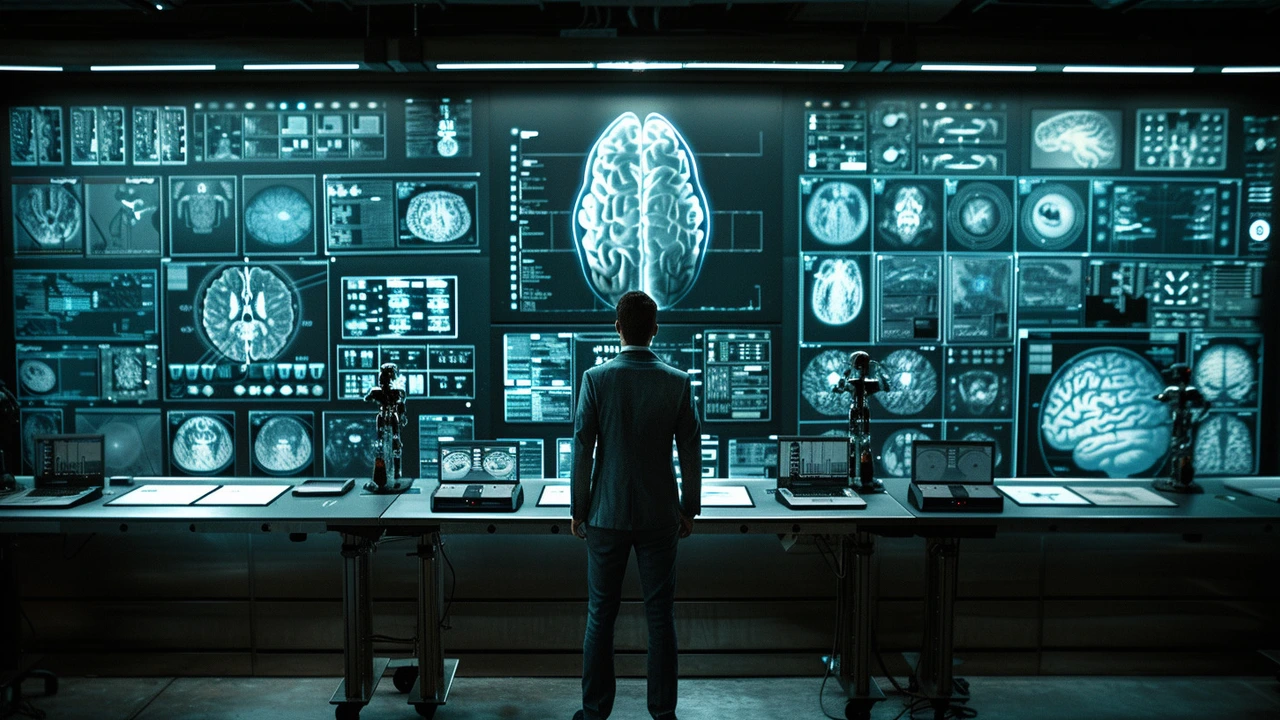AGI in Education: What It Means for Teachers and Students
Artificial General Intelligence (AGI) is moving from sci‑fi talks to real‑world labs, and classrooms are feeling the shift. Unlike narrow AI that handles one task, AGI can understand, learn, and adapt across subjects—just like a human mind. That opens doors for personalized tutoring, instant feedback, and curriculum that evolves with each learner.
If you’re a teacher, imagine a virtual assistant that can grade essays, spot misconceptions, and suggest supplemental videos in seconds. If you’re a student, think of a study buddy that knows when you’re stuck and can explain concepts in a way that clicks for you. The promise is huge, but the rollout isn’t instant—schools need the right tech, policies, and training to make it work.
Practical Ways AGI Is Already Helping
First, adaptive learning platforms are getting smarter. They now analyze how you solve problems, not just whether you got the answer right, and they tweak the next lesson to target your weak spots. Second, content creation is getting a boost: AGI can draft lesson plans, generate quizzes, and even produce multimedia explanations on the fly, freeing teachers to focus on mentorship.
Third, language learning gets a makeover. AGI‑powered chatbots converse in multiple languages, correct pronunciation, and adapt the difficulty based on your progress. Lastly, career counseling is becoming data‑driven. By scanning your strengths, interests, and market trends, AGI can suggest pathways you might never have considered.
Challenges Schools Need to Tackle
Data privacy tops the list. AGI systems collect detailed learning patterns, so schools must protect student information and be transparent about usage. Bias is another hurdle; if the training data reflects existing inequalities, the AI could reinforce them. Schools need diverse datasets and regular audits to keep the system fair.
Cost can also be a barrier. While some AGI tools are subscription‑based, the hardware and staff training required can add up. Partnerships with tech providers, grants, or shared district resources can ease the financial strain.
Finally, there’s the human element. Teachers worry about being replaced, but the reality is that AGI works best as a collaborator, not a substitute. Professional development that shows how to integrate AI tools into daily lessons can turn skepticism into enthusiasm.
Bottom line: AGI is set to reshape how we teach and learn, making education more personalized, efficient, and engaging. By addressing privacy, bias, and cost early, schools can harness this power without losing the human touch that makes learning meaningful.

The Potential of Artificial General Intelligence in Education
As an avid technology enthusiast, I couldn't help but delve into the potential of Artificial General Intelligence (AGI) in education. In my post, I explore the intriguing possibilities of using AGI to revolutionize our learning techniques. From personalized tutoring to adaptive curriculum design, AGI promises to be a game-changer. Join me in this exploration and let's uncover together how this futuristic technology can reshape the educational frontier.